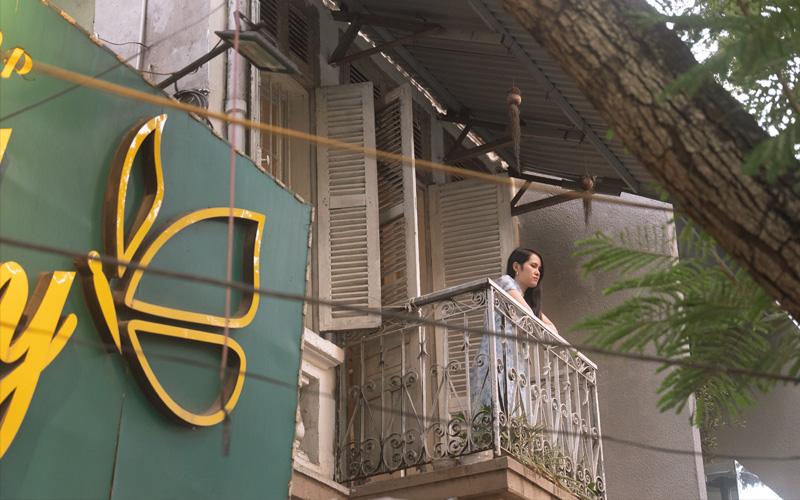BLUE FLOWER
"Blue Flower" is a personal project born from a moment of introspection — a silent exploration of the boundary between inner truth and outward performance. It asks this question: where does authenticity begin, and where does the need to appear take root? Through each image, the project seeks to reveal that delicate space where presence transcends posture, and where beauty becomes a form of sincerity.
"Blue Flower" is also a way to offer a unique perspective on the presentation of ready-to-wear or products in Asia — an attempt to reconcile aesthetics and sincerity, beyond conventional codes.
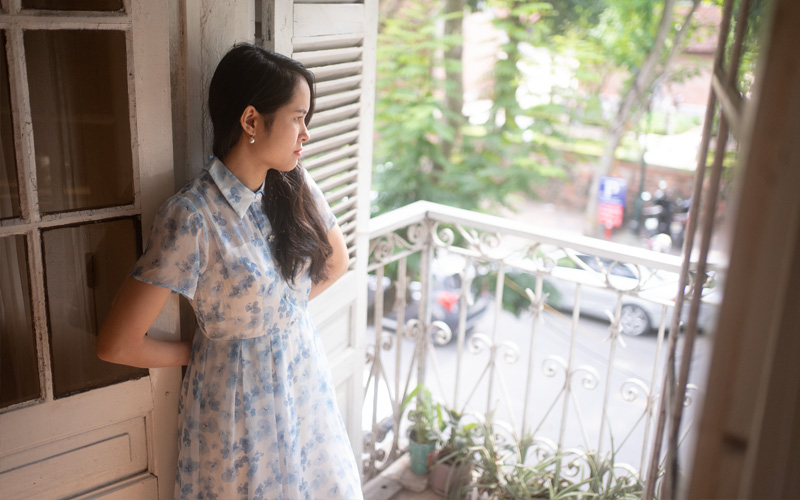
The Distinction Between Films and Commercials
The main distinction between an artistic film and a luxury advertisement lies in their core intention and relationship to truth:
- An artistic film seeks to express an inner truth — often complex, ambivalent, or still undefined. It explores emotions, existential questions, human stories, sometimes at the expense of comfort or immediate appeal. Its primary goal is not to please, but to reveal.
- Luxury advertising sometimes borrows the codes of artistic cinema (aesthetics, poetic storytelling, enchanting music), but its aim is to project a desirable ideal, to seduce in order to sell a product or a lifestyle. It evokes elevation, but within a polished, controlled frame — more a frozen beauty than a lived truth.
In summary:
- Artistic film reveals; advertising suggests.
- One seeks truth; the other sells a promise.

Why Is Truth Important to Us?
Truth matters because it is the only solid foundation on which we can build a meaningful life. It's not limited to facts: it deeply connects who we are with what we live, what we do, and what we create. It allows us to feel aligned and grounded, even in uncertainty or vulnerability.
Without truth, only appearances remain — performance or a form of social survival that ultimately alienates us from ourselves. We feel that truth doesn’t shout, doesn’t impose itself — it lives in simple gestures, sincere choices, images filled with presence. It carries a grave softness, a silent strength.
To seek truth is to renounce masks, to look honestly, and to live intentionally — even when it comes at a cost. Through our work, we are not trying to impress. We simply want to bear witness — to a way of being in the world, a connection to others, to ourselves, to light. This truth — discreet but rooted — gives our work an intimate, almost spiritual dimension.
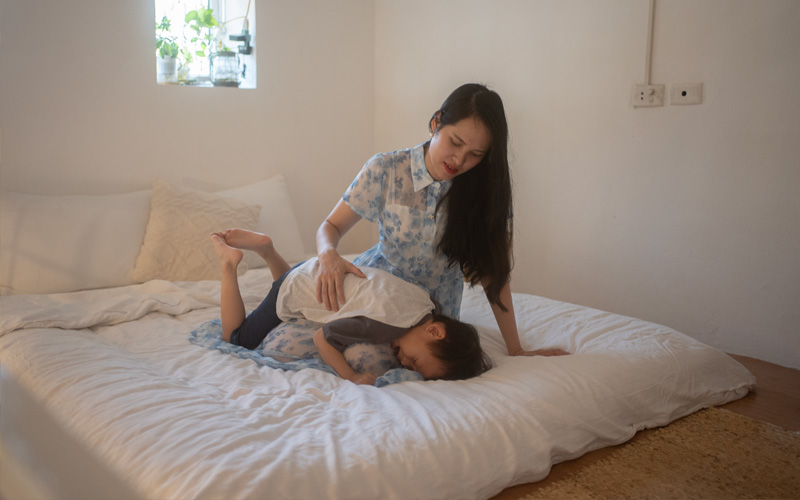
How Is This Difference Visually Expressed Between Inner Truth and the Untouchable Ideal of Luxury?
The visual difference between inner truth and the untouchable ideal of luxury is expressed as follows:
Inner Truth
- Simplicity and naturalness: the person is seen as they are — with emotions, vulnerabilities, and small imperfections.
- Soft, natural, organic light: often ambient or dim lighting, no artifice, revealing without masking.
- Organic colors: like in a Monet painting, the tones remain natural and authentic, avoiding sterility or over-sanitization.
- Authentic expression: sincere gaze, relaxed posture, capturing a moment of vulnerability or depth.
- Modest or intimate settings: simple, familiar spaces that convey a warm, human atmosphere.
- Subtle, neutral, or warm tones: earthy hues, pastels, reds that evoke human warmth more than superficial shine.
The Untouchable Ideal of Luxury
- Perfection and extreme staging: flawless skin, impeccable makeup, complete absence of imperfection.
- Sophisticated and dramatic lighting: spotlights, strong contrasts, glossy effects emphasizing brightness and wealth.
- Controlled color palette: hues are precise and deliberate, each tone has its place. A refined palette gives the image a near-clinical technical rigor.
- Elegant, posed postures: models frozen in studied, often distant poses, like living statues.
- Sumptuous, luxurious settings: rich environments with fine materials and precious objects.
- Refined, saturated colors: gold, deep black, bright white, noble yellow and green — rich tones evoking prestige and exclusivity.
In short:
- Inner truth speaks of connection, raw emotion, revealed humanity.
- The luxury ideal speaks of distance, dreams, a constructed and perfect world — almost unreachable.
This difference is felt both in the ambiance and in the photographer's gaze upon the subject.
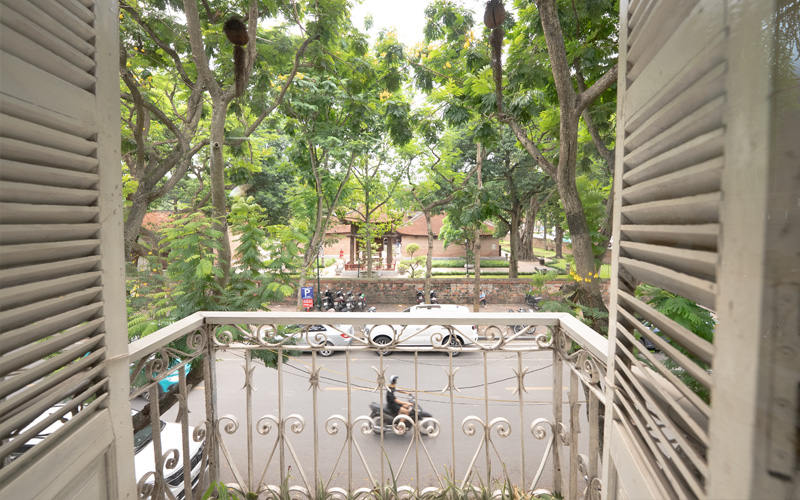
What Is the Balance Between Promise and Truth?
The right balance between promise and truth lies in aligning what we aspire to offer with what we can genuinely deliver — without embellishing or downplaying.
It means speaking authentically while inspiring trust, showing an ideal without creating impossible illusions.
Promise gives meaning and desire; truth ensures credibility and sustainability. When these two forces align, they create a sincere and respectful relationship, where commitment is not just talk but a lived reality.
In short, it’s about navigating between dreams and grounding, between hope and honesty — so that words carry weight without deception.

What About This Project?
As an aspiring director of photography, my role is to elevate a subject without betraying its essence. The dress was chosen carefully to reflect a humble, warm aesthetic — far from any elitist intention. The location — Runa Home — was selected for the same reason: to embody warmth and authenticity without slipping into cold, luxurious elegance.
That’s also why I chose to use a Pro-Mist filter to soften light and contrast, avoiding a grading style that felt too cold or overly perfect. The addition of red and magenta hues — connected to genuine tungsten lighting — was carefully planned to restore the honest, enveloping warmth of the space. The visual approach had to remain faithful, organic, deeply human.
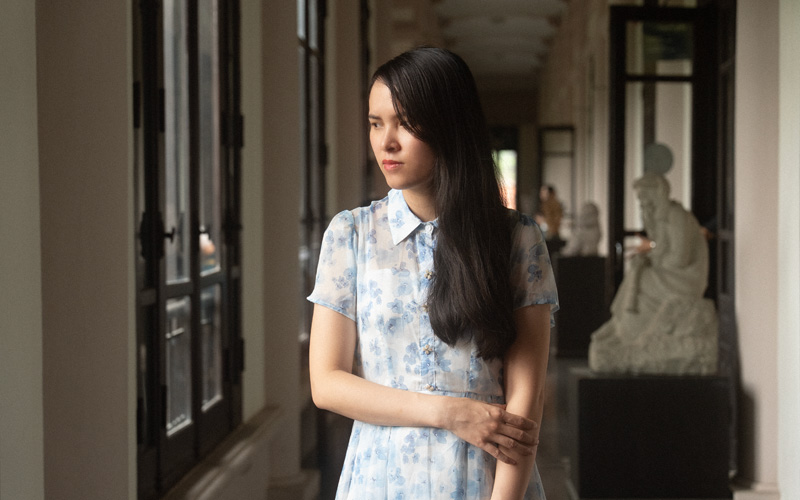
Why Is It Essential to Understand and Master the Codes of Luxury — Even When You Want to Offer a More Personal or Authentic Alternative?
Understanding the codes of luxury helps us better engage with its aesthetic standards, its attention to detail, and its ability to generate desire. Even if we don’t aim to replicate them, mastering them provides a finer awareness of cultural expectations, the symbolism of materials, colors, light, and visual language in general. Luxury is probably one of the fields where refinement reaches its highest level, this allows us to draw inspiration from them, reinterpret them thoughtfully, or propose an alternative vision with real intention — without naivety.
By knowing the codes, we can break free from them — and offer a deeper, more sincere gaze whose strength lies in nuance rather than in frontal opposition.
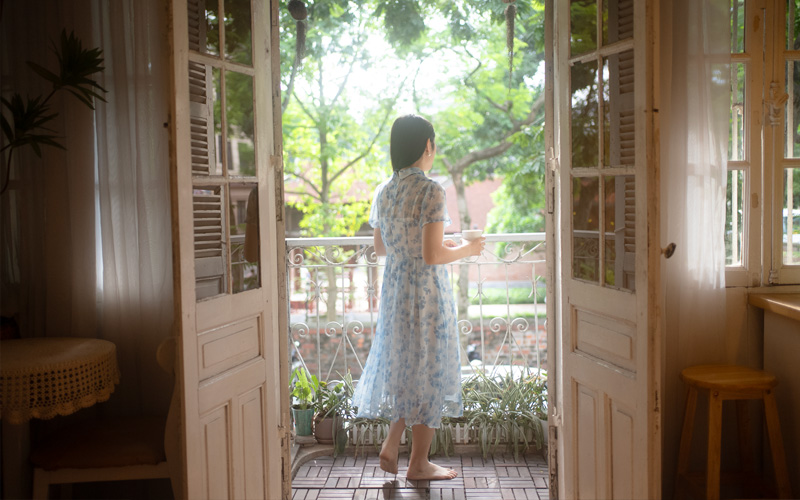
Conclusion
To embody our vision and values means to live and express them through our actions, our choices, and our way of being — not just through words or intentions, but through everything we do.
This means:
- Aligning our daily behavior with what we deeply believe in.
- Becoming the message, rather than just delivering it.
- Letting our work, attitude, and presence naturally reflect our inner truth — without needing to justify or perform it.
To embody is to be what we stand for — with discretion, consistency, and integrity. For an aspiring DP, this means not only mastering light and composition, but also understanding all points of view — from the elitist to the humble, from warmth to coldness — and translating these emotional nuances into a visual language that serves the story with honesty and depth.

